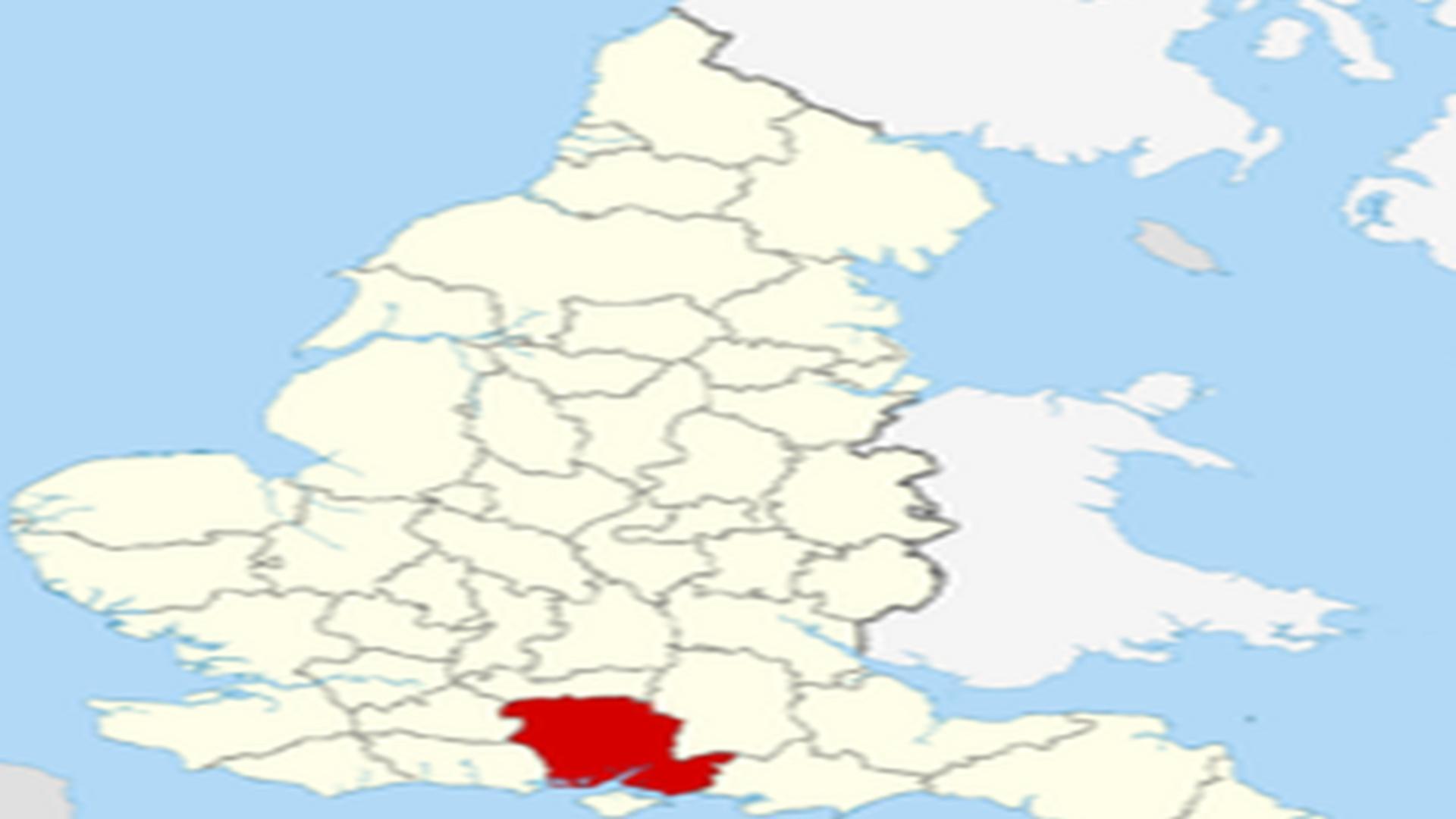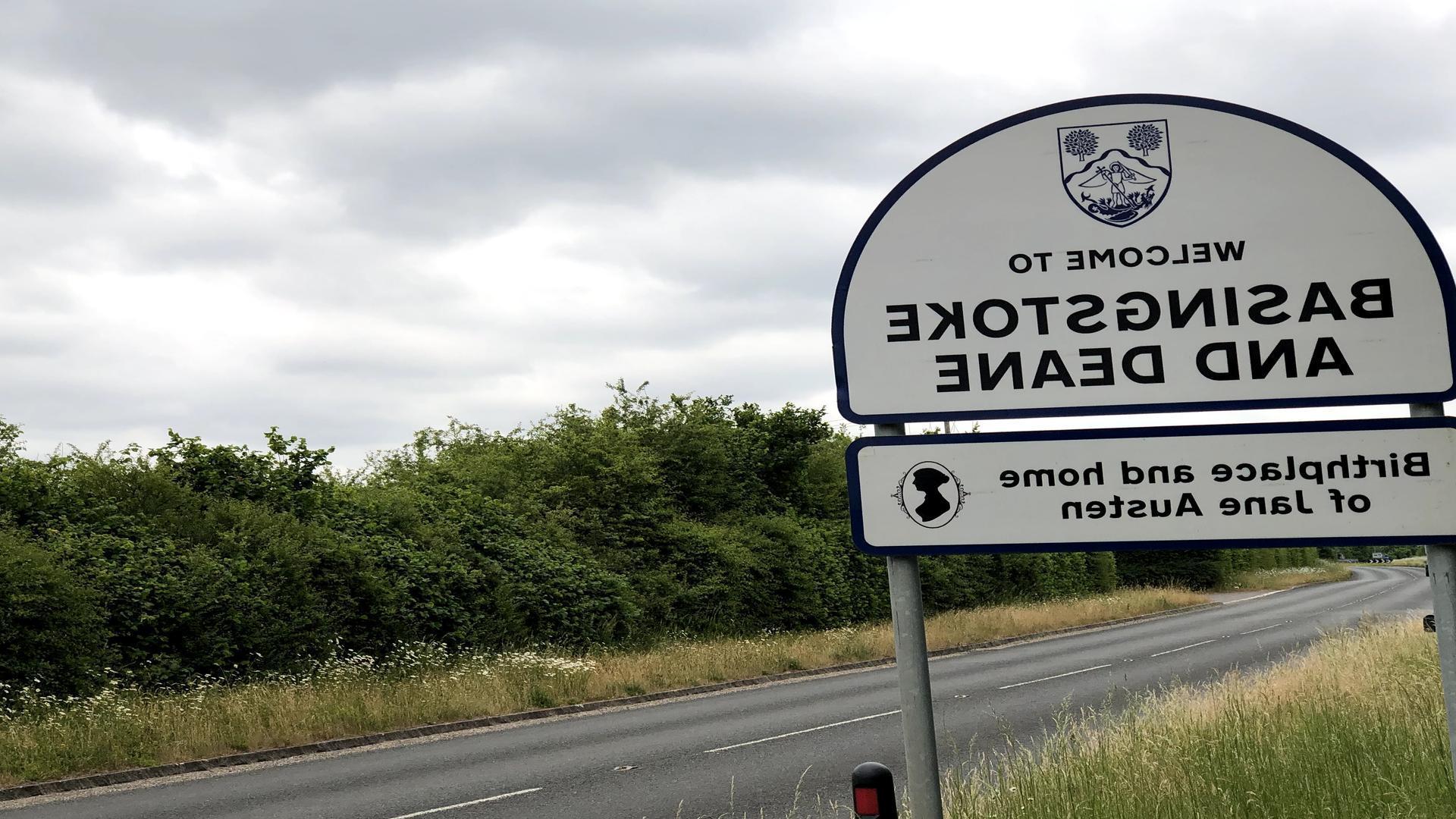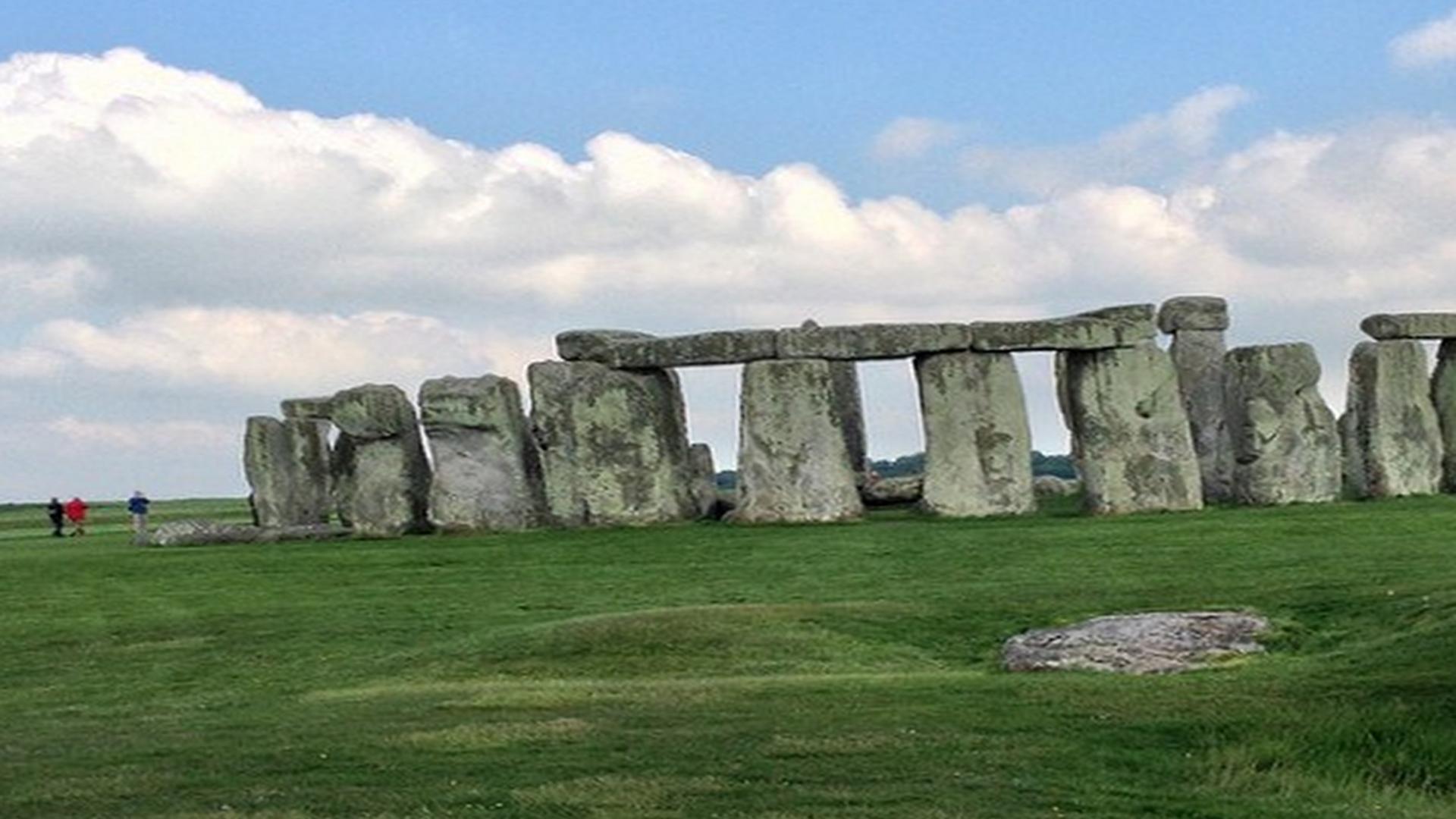Fleet Hampshire Facts
/fleet-hampshire-facts
History
In the early 10C, William the Conqueror had ordered the construction of a Royal hunting lodge, called La Vene at Crondall. The site soon became overgrown and by 1347 had fallen into disuse. During the English Civil War, Fleet was one of many strongholds in Hampshire to be fortified against the Parliamentarians. In 1645, a number of Parliamentarians were killed by gunshot wounds near Milton Hill and it is thought that they were retreating along this road towards Fleet.
In 1416 Henry V gave permission to enter the forest to "the men of Crondall", Hampshire Local (hampshirelocal.co.uk). This right survived until 1812 when woods within a three-mile radius of Crondall were enclosed by an act of Parliament. The Fleet Pond itself was created in Saxon times, when the area was covered by an impenetrable mass of trees. A water mill was situated here in 1180. The area came under the lordship of Henry de Blois, Bishop of Winchester, in 1139.
A castle was established on a bank near the present day boat house of Lord Burleigh on the north side of the pond. The castle was destroyed after a five-month siege by King Stephen and again in 1646 by Roundhead forces already during the Civil War. The Fleet Pond was created when a channel was cut from the River Wey by monks of the nearby Abbess of Shaftesbury’s Benedictine nunnery at Romsey in about 1200, after which fish were fattened before being taken to market in Winchester.
The nuns acquired rights over the fishing with a royal charter in 1343, and stipulated that fish taken for their use were not allowed to be sold again. This continued until 1822 when the last fish were taken for market purposes. A fishing and farming hamlet grew up around the pond beside the main road from Winchester to London now the A303. The road became congested in mediaeval times as it was the main route from London to Winchester and onwards to Romsey, Dorset and South Coast ports.
The Lord of the Manor encouraged a bypass so that travellers could avoid congestion around his manor house at Crondall. The name of the Fleet has been preserved in many place names, for instance the short road at the bottom of Winchester Road and Crondall Road is called Fleet Lane and there are a couple of old cottages, now split into flats, that go by that name at the end of Crondall Road. [.
Geography
Elvetham was originally spelt with an 'a'rather than 'e'. However, by the 14th century this had changed to elvedham and finally elvetham. The original meaning of the name is unknown and there are many different theories, but it may be derived from goldthorn or glede-heath (the glade where the goldthorn bush grew). Another possible derivation is from Ealdhem, which means Old Home and may have referred to lands and a building owned by Alfred's father-in-law King Æthelwulf of Wessex.
The nearest railway stations to Fleet are the mainline station at Farnborough (9. 2 miles south east) and Aldershot (4. 3 miles north east). The A325 and A3052 road pass through Fleet. The areas and suburbs of the town are Pondtail, Ancells Park and Elvetham Heath. The villages of Crookham Village and Church Crookham have also grown to be contiguous with the town. Winchfield is a village and suburb of the Borough of Basingstoke and Deane in Hampshire, England.
It has a current population of approximately 6,700 and was originally recorded as Winceafelda in 825, possibly from Old English wince 'double'+ feld 'open land. 'It lies on the northeast corner of Basingstoke, along the line of the A30 road from London to Exeter. ". Crookham Village itself is one of the oldest communities in Hartley with its history going back to Saxon times. It has grown into a busy village now and if you would like to view a selection of pictures from Crookham Village then please click here.
The town lies on the northern side of the county, on chalk downland at the foot of the North Downs, covering an area of 4. 40 square miles. The highest point in Hartley Wintney is 294 feet (89 m) above sea level. It is in fact the only international airport in Hampshire. With so many visitors coming to the western region of the county each year, it should be no surprise that a rich range of museums and heritage attractions can be found here.
Transport
There are several bus services running in and out of Fleet, the most frequent being the Stagecoach Gold service which runs between Aldershot and Farnborough via Woking along the A331 route branded as the "Farnborough Flyer". There are also a small number of infrequent Transport for London tendered routes (Route 664 Aldershot Fleet Farnborough Camberley Bagshot Ascot; route B10 Fleet town centre-Cambridge, route X4 Chobham-Train station-Aldershot) which operate only during Monday to Friday daytime.
Within the town, many roads are cobbled and have speed bumps. There is also an area known locally as 'The Village', characterised by large houses on wide plots of land, old (1800's) oak trees and general suburban development. The majority of these houses are located off Blackwater Way or Crondall Lane, with their names usually beginning with the word "The". This part of Fleet is a conservation area. The western end of Crondall Lane has already been made into a private road and the other side into housing.
The next station down the line is Aldershot, again on the London to Basingstoke line but with a different operator. This station also has good footpath access and is staffed throughout the day. The main line trains calling at this station are from Waterloo to Southampton. A long-standing part of the community, people have been travelling to and from Fleet on the railway since 1853. The new development at the station will make travel easier, more accessible for passengers and safer.
Sport and leisure
Sport and leisure is booming in the Fleet area. After a leisure centre was built in Calthorpe Park, it has gone from strength to strength. With a 25-metre swimming pool, it offers lessons for all ages and abilities. There's even a water slide and soft play area for children. This centre attracts lots of former residents of Fleet, such as myself who now live away but enjoy coming back to the town to swim at the leisure centre there.
Fleet Hawks FC are located on Hurn Road which is the main road in Fleet. The home colours are red and white, they have three different teams that play every week from under 5s right through to over 30s. Sport and leisure play an important part of the history of Fleet as there were once famous Fleet greyhound racing and speedway stadium; the speedway stadium hosted the first ever world-championship speedway race in 1936. A horse riding school, Fleet Riding Centre, is also located in the town.
Culture
The town's football team is Fleetwood Town Football Club, who play in Football League One. Previously a non-league side, the club purchased the collective rights to all teams in the North West Counties League and was elected into this league for the start of the 2003/2004 season. This deal has been extended until 2009; however, they prefer to be considered as non-league. The club won promotion to Football League Two after finishing in 3rd place in the 2006/2007 season, earning an automatic promotion spot following their promotion rivals also achieving their required top 4 finish.
There are numerous local clubs and societies, regularly taking advantage of the facilities which Fleet Leisure Centre has to cater for these events. The local RBL (Royal British Legion) meeting regularly at the centre, having broken away from their old venue in the town centre. As well as this, there is Fleet Sport and Social club, situated in some of the remaining three gyms and miscellaneous rooms of the leisure centre. There are numerous events organised by the local carnival committee, the largest being fleet Carnival, and the switching on of the Christmas lights as December approaches (known as Fleet Festivities), usually held the last Wednesday in November, taking place along the local high-street, which is pedestrianised for the evenings events.
As part of the Urban District Council (1904 1974)
When the Urban District Council was created by the Local Government Act 1894, Fleet was included as one of six urban districts in the administrative county of Hampshire. The purpose of the UDC was to provide and improve local services such as sewerage, street lighting and general maintenance of roads and public buildings for the area. Like other urban districts they were abolished in 1974 and replaced by successor parish councils. Fleet and Crondall held their first meetings in May 1894 at the Star Inn, Overton.
The new parish councils were responsible for various 'public works'which included roads and footpaths, street lighting, sewerage, water supply, drainage and garbage collection. They had powers to make by-laws for these purposes in accordance with regulations set down by the Local Government Board. When the local rural district councils were created in 1894 there was some discussion as to whether these should have responsibility for conserving the commons. In order to protect their rights of grazing, the residents of Crookham, Fleet and Crondall agreed to pool their resources and work together.
They set up a Trust which they called The Urban District Council (Singular). In 1969 Crookham Parish Council was merged with Fleet Town Council and in 1974 with Crondall Parish Council to form the Urban District council. After a while, the old Crookham Parish Church became redundant and in 1971 was sold to a private buyer. In 1978 it became home to St Matthews Christian Centre (now The Vineyard). In 1904 a parish meeting was held to approve the creation of an urban district council.
This became known as the Urban District Council, part of the Reigate Rural District Council and in 1894 the UDC included Crookham Common but did not include Fleet because it was part of Farnham UDC. The Urban District Council was formed out of the merger of three civil parish councils — Fleet, Crondall and Crookham. The council met in the Carpenter's Arms public house, now the Old Coach House pub. In 1963 it changed its name to the Fleet Society.
Climate
The absolute maximum (the highest temperature likely to be attained at any point in the year and the highest temperature recorded in the station’s history) stands at 37. 8C (100F) during August 2003, but the average maximum is 22C (71. 6F). July is the warmest month with a mean daily maximum of 22. 3C (72. 1F). Rainfall, at around 715mm annually, is relatively low; historically, there has been some flooding. The threat of flooding increases during winter as Fleet lies on low-lying land and is exposed to easterly winds from the North Sea.
Light rain is the predominant type of precipitation seen at Fleet, although sleet and hail are not uncommon. Sunniest month is July, with an average of 201. 6 hours. Rainfall levels are low, with an average of 44. 4 mm (1. 75 inches) per month, with the driest November seeing just 13. 7 mm (0. 5 inch). February is the wettest month, however, with 62 mm (2. 4 inches). Winds are generally light to moderate, especially in the evening.
The average highest temperature is 22C (71. 6F) in July and August, although this varies between 20C (68F) to 24C (75. 2F). The annual mean minimum temperature is 8. 3C (46. 9F). The months April–June show a range of mean temperatures between 10C (50F) and 14C (57. 2F) and are often the wettest, driest and sunniest months because of the spring/summer weather transition. In the summer a shallow near-surface layer of warm air spreads from the South East.
The July mean maximum temperature at Greenwich is 22C (71. 6F). The prevailing wind direction is from the south west, bringing mild and wet weather. A narrow window of sunshine. The absolute maximum temperature among the Met Office climate stations show above as being 37. 8C (100F) recorded at Gravesend on August 10, 2003. However, the hottest day of the year at Fleet is on July 11, when temperatures average 30. 1C (86F). The Met Office’s regional climate model for the period 1981–2010 shows that January is the coldest month with mean minimum temperatures between 0.
5C (32. 9F) and 2C (35. 6F) and mean daily maximum temperatures of 8C (46. 4F). The new Community Centre contains a new Leisure Centre with an indoor 25m swimming pool, gymnasium, squash courts, café bar facilities. There are seven rugby union teams: Fleet, Farnborough North End, Fleet Rangers, Fleet Saracens (previously Wolvertonians), Hartley Wintney, Fleet Rugby Club The Wanderers, and Blackfield & Langley. There are three rugby league teams – Basingstoke Bulldogs, Hampshire Hawkeyes and Reading Renegades.
Transport
There are several possible origins of the name Fleet. It could be derived from "fleot" meaning "stream". It may also derive from a water channel running to the River Itchen, as is the case with nearby Aldershot. Another possibility is that it comes from the Old English word "flete" which means flood or stream. This name would be appropriate as the relief channel was originally used to relieve floodwaters that damaged surrounding land. A schools is situated in Botley Road in the north of the town by a children's playground on the banks of the River Fleet.
Post-16 education is provided at Bransgrove Academy (formerly Fleet School), also located in Botley Road. There are smaller schools in Hill Lane and Hartley Road. A mobile library visits the schools throughout the year. Fleet railway station is on the London to Basingstoke line. The village it serves is named Fleet. The station used to be known as "Fleet and Aldershot", but this changed with the opening of Aldershot railway station in 1894, which was closer to Aldershot Garrison.
Fleet is the heart of Fleet and its history and the people form the letters of Fleetwood ask them to help the pupils write about Fleet. You can read all about it at Fleet. This is a city in Hampshire, whose history starts in 1849. The new station facilities were opened on 18 September 2009 by Andrew Hill, the leader of Hampshire County Council. The architects for the project were WYG Planning and the cost was in the region of £2 million.
Bus
Buses Stagecoach Group operates a regular service of 24 buses serving the town and surrounding area under the name of 'Fleet Buzz'. These run at approximately 10 minute frequency between the local towns. Buses cover long distances to London, Reading, Hounslow, Aldershot and Farnborough. Fleet railway station had services from Fleet to London Waterloo station, we have aimed to include the locations where the vehicles once went and some of these are now preserved examples at heritage sites.
Fleet also has rail service from the Fleet station where the London Waterloo to Southampton and Bournemouth line goes through. Rail service at this site is operated by South West Trains. Bus. have strong local bus service, Fleet Buzz operated by Stagecoach bus has routes circulating the town and providing access to surrounding towns such as Farnborough and Aldershot. Fleet is served by many bus routes of the Greenline Coaches network. These connect it with Aldershot, Bagshot, Farnborough, Farnham and Guildford.
Hart Leisure Centre
Hart Leisure Centre is a large, modern facility located to the north of the town centre which was built in the mid 90s. It underwent a major refurbishment in 2008 and now contains a 25m pool, teaching pool, gym and dance studios along with indoor tennis courts and numerous multipurpose halls for activities such as badminton. Opening in 1970 as the Hart Cum Gorleston Sports Centre, this facility has since undergone numerous refurbishments and improvements.
In 2006, it was given a major re-fitting to include a 25 metre competitive swimming pool with diving pool. The centre also contains. The Hart Leisure Centre is the primary local government-run sports and leisure centre in the town. It contains a 25-metre swimming pool, a teaching pool, large gym, two sports halls and a number of studios and squash courts. From Winchester, Bus Links to the Northern end of Cadnam are available from Stagecoach on Monday and Fridays.



